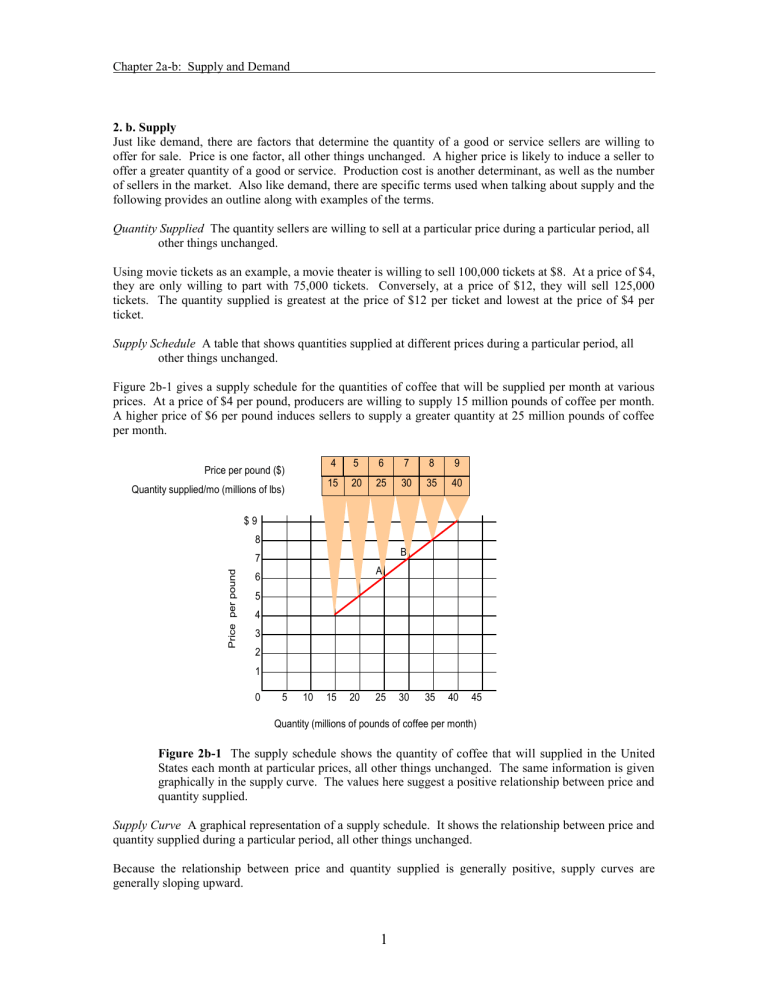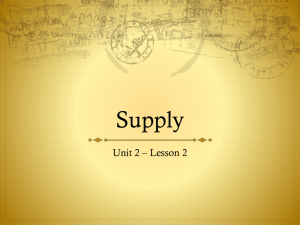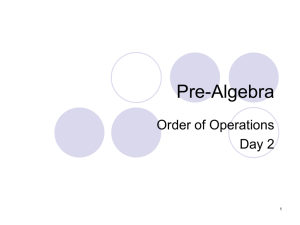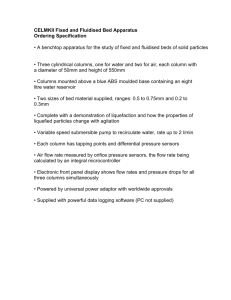The First Law of Supply

Chapter 2a-b: Supply and Demand
2. b. Supply
Just like demand, there are factors that determine the quantity of a good or service sellers are willing to offer for sale. Price is one factor, all other things unchanged. A higher price is likely to induce a seller to offer a greater quantity of a good or service. Production cost is another determinant, as well as the number of sellers in the market. Also like demand, there are specific terms used when talking about supply and the following provides an outline along with examples of the terms.
Quantity Supplied The quantity sellers are willing to sell at a particular price during a particular period, all other things unchanged.
Using movie tickets as an example, a movie theater is willing to sell 100,000 tickets at $8. At a price of $4, they are only willing to part with 75,000 tickets. Conversely, at a price of $12, they will sell 125,000 tickets. The quantity supplied is greatest at the price of $12 per ticket and lowest at the price of $4 per ticket.
Supply Schedule A table that shows quantities supplied at different prices during a particular period, all other things unchanged.
Figure 2b-1 gives a supply schedule for the quantities of coffee that will be supplied per month at various prices. At a price of $4 per pound, producers are willing to supply 15 million pounds of coffee per month.
A higher price of $6 per pound induces sellers to supply a greater quantity at 25 million pounds of coffee per month.
Price per pound ($)
Price per pound ($)
4 5 6 7 8 9
15 20 25 30 35 40
Quantity supplied/mo (millions of lbs)
$ 9
8
B
7
6
A
5
4
3
2
1
0 5 10 15 20 25 30 35 40 45
Quantity (millions of pounds of coffee per month)
Figure 2b-1 The supply schedule shows the quantity of coffee that will supplied in the United
States each month at particular prices, all other things unchanged. The same information is given graphically in the supply curve. The values here suggest a positive relationship between price and quantity supplied.
Supply Curve A graphical representation of a supply schedule. It shows the relationship between price and quantity supplied during a particular period, all other things unchanged.
Because the relationship between price and quantity supplied is generally positive, supply curves are generally sloping upward.
1
Chapter 2a-b: Supply and Demand
Change in Quantity Supplied A movement along the supply curve caused by a change in price.
A change in quantity supplied does not shift the supply curve. It is a movement along the supply curve.
For example, if the price rises from $6 per pound to $7 per pound, the quantity supplied rises from 25 million pounds to 30 million pounds. That’s shown by a movement from point A to point B.
Change in Supply Shift in the supply curve.
A change that increases the quantity of a good or service supplied at each price shifts the supply curve to the right. Suppose that the price of fertilizer falls. That will reduce the cost of producing coffee and thus increase the quantity of coffee producers will offer for sale at each price. The supply schedule in Figure
2b-2 shows an increase in the quantity of coffee supplied at each price. This is shown as a shift in the supply curve from S
1
to S
2
. The quantity supplied at each price increases by 10 million pounds of coffee per month. At point A on the original supply curve S
1
, 25 million pounds of coffee per month are supplied at a price of $6 per pound. After the increase in supply, 35 million pounds per month are supplied at the same price (point A’ on curve S
2
).
$ 9
Old New
8
S
1
S
2 quantity quantity
7
Price demanded demanded
6
A A'
$4 15 25
5
5 20 30
4
6 25 35
3
7 30 40
2
8 35 45
1
9 40 50
0 5 10 15 20 25 30 35 40 45 50
Quantity (millions of pounds of coffee per month)
Figure 2b-2 If there is a change in supply that increases the quantity supplied at each price, as is the case in the supply schedule here, the supply curve shifts to the right. At a price, of $6 per pound, the quantity supplied rises from the previous level of 25 million pounds per month on supply curve S
1
(point A) to 35 million pounds per month on supply curve S
2
(point A’).
An event that reduces the quantity supplied at each price shifts the supply curve to the left. An increase in production costs and excessive rain that reduces the yields from coffee plants are examples of events that might reduce supply. Figure 2b-3 shows a reduction in the supply of coffee. We see in the supply schedule that the quantity of coffee supplied falls by 10 million pounds of coffee per month at each price. The supply curve thus shifts from S
1
to S
3
.
2
Chapter 2a-b: Supply and Demand
Price
$4
5
6
7
8
9
Old quantity demanded
New quantity demanded
15 5
20
25
10
15
20 30
35
40
25
30
4
3
2
1
$ 9
8
7
6
5
A"
S
3
A
S
1
0 5 10 15 20 25 30 35 40 45 50
Quantity (millions of pounds of coffee per month)
Figure 2b-3 A change in supply that reduces the quantity supplied at each price shifts the supply curve to the left. At a price of $6 per pound, the original quantity supplied was 25 million pounds of coffee per month (point A). With a new supply curve S
3 to 15 million pounds of coffee per month (point A”).
, the quantity supplied at that price falls
Supply Shifter A variable that can change the quantity of a good or service supplied at each price.
Supply shifters include:
Prices of factors of production
Returns form alternative activities
Technology
Seller expectations
Natural events
Number of sellers
These concepts are generally used to explain the various aspects of the supply factor. The first law of supply states that, generally, when there are many sellers of a good, an increase in price results in a greater quantity supplied.
3







